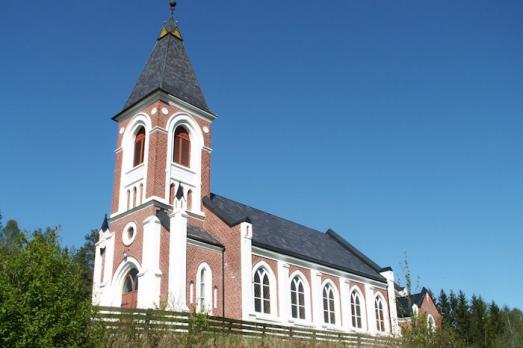
Veme Church
Ringerike, NO
The Veme Church is a long church with a single nave dating from 1893 and designed by the architect Ingvar Hjorth who, among others, designed the new main building of the Norges Bank in 1900.
Here you can search for a building to visit. You can use the map find destinations, or you can use the filters to search for a building based upon what different criteria.

Ringerike, NO
The Veme Church is a long church with a single nave dating from 1893 and designed by the architect Ingvar Hjorth who, among others, designed the new main building of the Norges Bank in 1900.
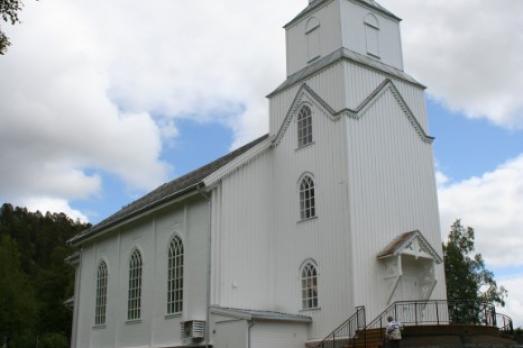
Namsos, NO
Vemundvik church is a wooden church that was built in 1875. The architect of the church was Ole Scheistrøen (1833 – 1921).
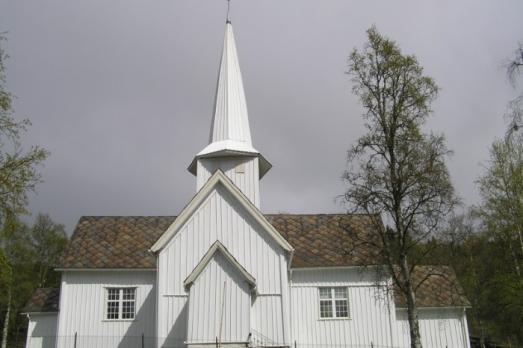
Ringebu, NO
The church in Venabygd dates from 1780. The church is clad with exterior panels and painted white. In 1914, the church underwent a major restoration, when the altarpiece and pulpit were refurbished and the walls were painted. In 1955, the church was restored again, the walls were dried out and the furniture was given new colours.
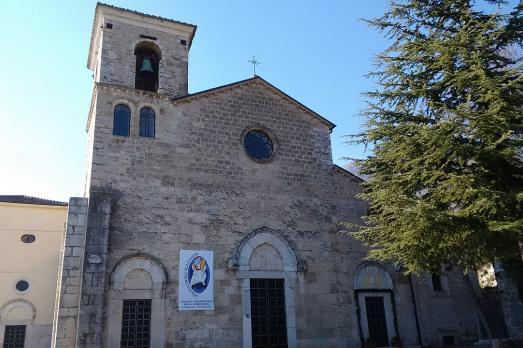
Venafro, IT
The cathedral of Venafro was rebuilt in the second half of the 11th century by Bishop Pietro of Ravenna. The building also experienced a tumultuous life: it was stripped of all its possessions by the troops of Frederick II (1220-1250), was damaged by earthquakes in 1349 and 1456, was burnt down on the orders of Emperor Ludwig and had to accommodate the troops of Charles VIII in 1495. Between the end of the 17th century and throughout the 18th century, the church was embellished in the Baroque style. However, its present appearance is the result of restoration work carried out in the 1960s and 1970s, which stripped the co-cathedral of its old Baroque forms and returned it to its previous medieval-Gothic appearance.
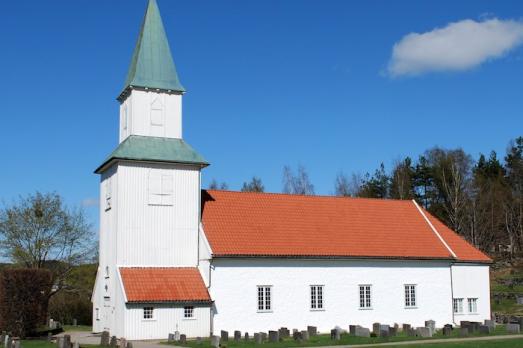
Vennesla, NO
The Vennesla church is a long church that would have been completed in October 1829, but it was not consecrated until August of the following year. The church replaced a church from the first half of the 17th century. The tower was enlarged in 1886, and the interior was restored in 1925.
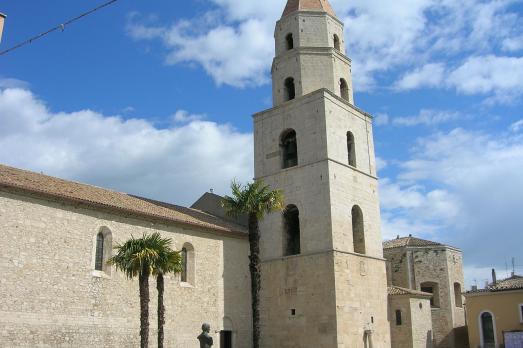
Venosa, IT
Venosa Cathedral was built between 1470 and 1502 by order of Duke Pirro del Balzo, who was responsible for the urban transformation of Venosa in the last decades of the 15th century. The upper part consists of two octagonal prisms, which form the base of the 10-metre high pyramidal spire. The lower part consists of three superimposed parallelepipeds, the first of which has a quadrangular base.
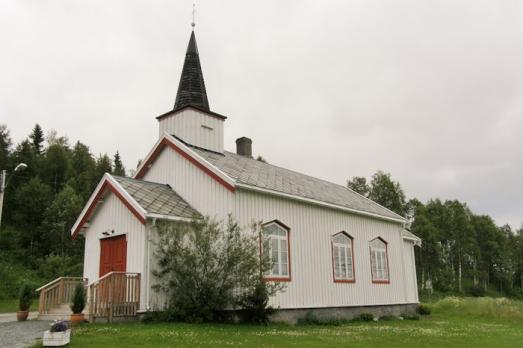
Verdal, NO
Vera church was completed in 1899. The white, wooden church was built in a long church style in 1899 by an unknown architect.
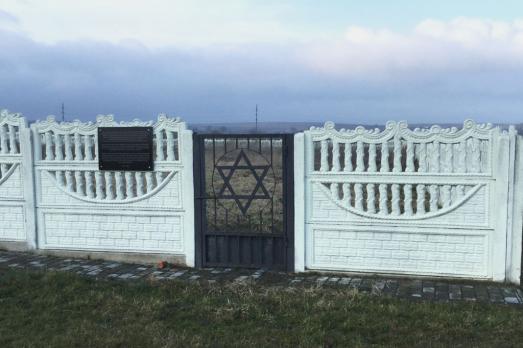
Verba, RS
The exact period of the cemetery’s establishment is unknown. The oldest tombstone’s date relates to the early 20th century so it can be assumed that the cemetery emerged during that period. It was not marked on an old maps. The fence was erected by ESJF in April 2017.
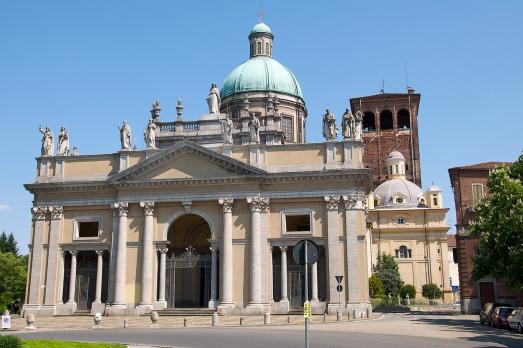
Vercelli, IT
The present building of Vercelli Cathedral was built on the site of a church building dating back to the 4th century. In the second half of the 16th century, Pellegrino Tibaldi, redesigned the building, destroying what was left of the medieval church, including the choir and the presbytery; it was redefined with the construction of chapels on the sides, and new naves, these works were completed in the 18th century.
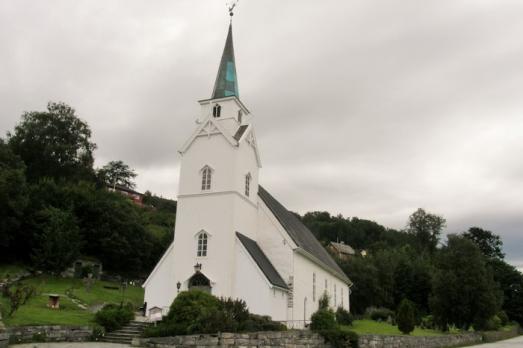
Gloppen, NO
The Vereide church is a Romanesque whitewashed stone church. The tower with a porch was built in 1879. The choir and sacristy were built in 1931. At that time, the flat ceiling of the nave was also replaced by the barrel-vaulted ceiling. The windows, which were originally no more than half their present height, were enlarged in 1861. Only the baptismal font, rediscovered in 1904, remains from the medieval inventory. The church was extensively restored in 1631 and the interior was coloured in 1962 by the curator Bjørn Kaland.

new
As a university city, cultural offerings abound in Tartu and will reach their peak after being designated one of three European Capitals of Culture for 2024. In this list, we've compiled the most interesting sacred places to visit in and around the old town.

Bodø has evolved from a picturesque fishing village to a bustling cultural epicentre in the northeastern Norwegian county of Nordland. Here is a list of the top churches to visit in Bodø, the only European Capital of Culture above the Arctic Circle.

The small Austrian spa town of Bad Ischl is known for its beautiful nature and peaceful atmosphere. Emperor Franz Joseph I of Habsburg, described it as an "earthly paradise". Here is a list of religious heritage sites you should visit.